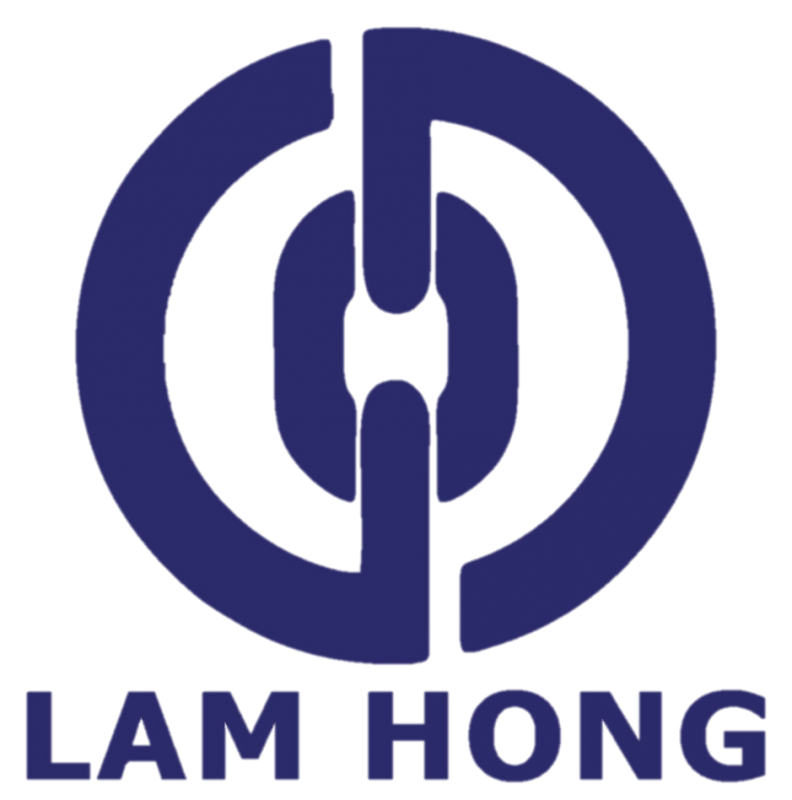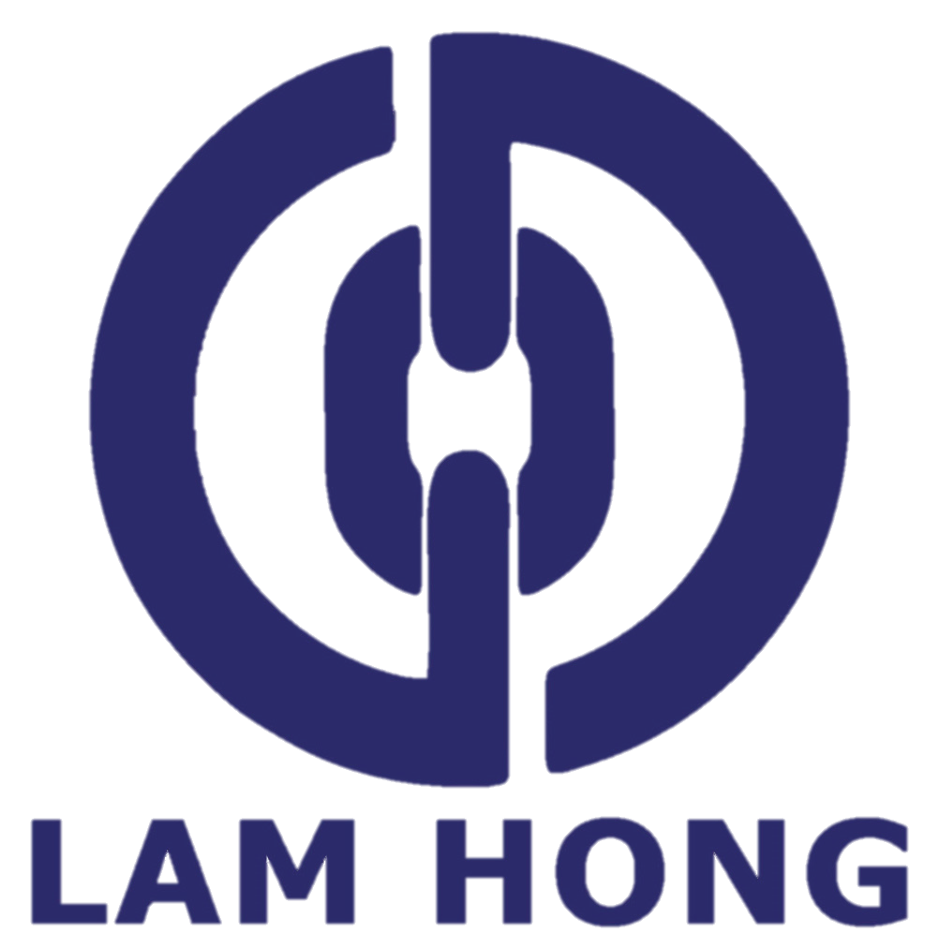Synthetic fibers were introduced to the rope industry in the 1950s. Over the years, customers have many options to choose for their rope material. Our synthetic ropes are manufactured in several unique designs to suit various applications. The properties of each rope fiber are unique.
Synthetic ropes are manufactured by braiding together one or more different types of synthetic fibre. Synthetic fibres are “man-made” fibres such as, nylon, polyester or polypropylene.
Similarities
While nylon and polyester vary on a few specificities, they are both, at the end of the day, strong, efficient, and reliable synthetic ropes that are suitable for many different applications.
Here’s what they have in common:
Resistance
Nylon and polyester are both UV resistant, abrasion resistant, wear resistant, and rot resistant.
Strength
As synthetic materials, nylon and polyester are both stronger than natural fiber ropes (Out of the two, nylon is the slightly stronger choice). Nylon Rope is the strongest of all rope fibers in common use. It is generally used for absorbing shock loads and dynamic load applications such as lifting, mooring, or towing.
———
While Nylon and Polyester are both strong, suitable ropes – they are not always interchangeable. While nylon might be the best rope for some jobs, others really call for polyester. Lam Hong carries a wide range of PP, Mixed and Nylon Ropes. It is a general-purpose rope, suitable for various applications.





